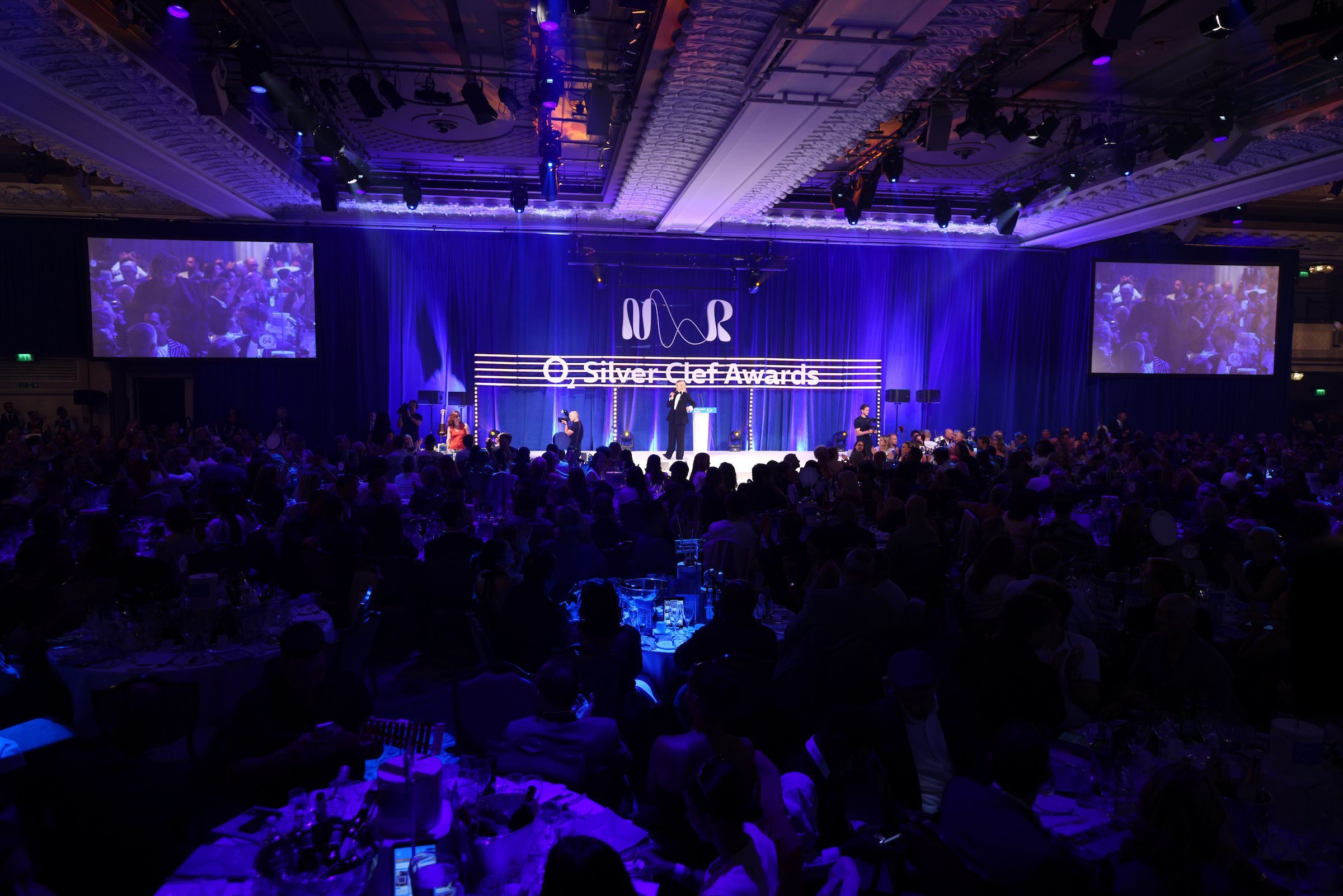Concerts are thrilling events that bring fans together to celebrate their favorite artists. However, the world of concert ticketing is changing, especially with the introduction of dynamic pricing. This method can seem complex, but understanding its benefits is essential for fans looking to attend their favorite shows. In this blog post, we’ll explore the advantages of dynamic pricing for concert tickets, helping you see why it’s becoming a more common practice.
What is Dynamic Pricing?
Dynamic pricing is a flexible strategy in which the cost of tickets fluctuates based on various factors, including demand, time, and market conditions. This means ticket prices can change in real time as more people show interest in a concert. For instance, if a popular artist like Oasis is set to perform, ticket prices might rise as the concert date approaches and demand increases.
Why is it Used for Concert Tickets?
Dynamic pricing is used for concert tickets primarily to maximize revenue and efficiently manage supply and demand. By adjusting prices based on how many fans want to attend, promoters can ensure they capture the maximum possible revenue while allowing fans to purchase tickets at various price points.
The Pros of Dynamic Pricing for Concert Tickets
1. Maximizes Revenue
One of the biggest advantages of dynamic pricing is that it helps maximize revenue for event organizers. When demand is high, ticket prices can rise, allowing promoters to make more money. This is particularly beneficial for big-name artists, as it helps cover production costs and other expenses associated with putting on a concert.
2. Adjusts to Demand and Supply
Dynamic pricing allows ticket prices to adjust according to real-time demand. For example, if a concert is selling out quickly, prices may increase to reflect that popularity. Conversely, if tickets are not selling as expected, prices might drop, making them more accessible to fans. This adaptability ensures that more fans can attend concerts without being priced out.
3. Increases Fan Engagement
Fans are often more engaged when they feel they are getting a fair chance to purchase tickets. Dynamic pricing can create a sense of urgency, encouraging fans to buy tickets sooner rather than later. This anticipation can increase the concert’s excitement, enhancing the overall experience.
4. Allows for Last-Minute Sales
Dynamic pricing also benefits last-minute ticket sales. If a concert is approaching and tickets are still available, prices can be lowered to attract last-minute buyers. This helps fill seats that would otherwise remain empty, ensuring a better atmosphere for the concert and a more enjoyable experience for attendees.
The Cons of Dynamic Pricing for Concert Tickets
1. Can Lead to Higher Ticket Prices
While dynamic pricing has advantages, one downside is that it can lead to higher ticket prices for fans waiting too long to purchase. If demand is strong, the cost of tickets can skyrocket, making it difficult for some fans to afford to attend their favorite concerts.
2. May Result in Unfair Ticket Distribution
Dynamic pricing can also create an uneven playing field for fans. Those willing or able to pay higher prices may secure better seats, while others may be left with fewer options. This can lead to perceptions of unfairness in ticket distribution, which might alienate some fans.
3. Can Create a Negative Perception of the Artist
Some fans may feel that dynamic pricing takes advantage of their eagerness to see their favorite artists. This can create a negative perception of the artist or their management team, leading to disappointment and frustration among loyal fans.
4. Can Cause Confusion and Frustration for Fans
The fluctuating prices associated with dynamic pricing can confuse fans. They may need clarification about when to buy tickets or how much they should expect to pay. This uncertainty can create frustration, making the ticket-buying process less enjoyable.
The Impact of Dynamic Pricing on Concert Ticket Sales
1. Case Study: Oasis Concert Ticket Sales
The case of Oasis serves as a prime example of dynamic pricing in action. The band’s concerts often see high demand, leading to fluctuating ticket prices. This approach has allowed promoters to maximize revenue while making tickets available to a broad audience.
2. Comparison to Traditional Ticket Pricing
Unlike traditional ticket pricing, where prices remain fixed, dynamic pricing offers a more flexible approach. While traditional pricing can lead to sold-out shows with empty seats, dynamic pricing aims to fill those seats by adjusting costs based on real-time demand.
How to Navigate Dynamic Pricing as a Concertgoer
1. Research and Compare Prices
Researching and comparing prices is crucial to take advantage of dynamic pricing. Check different ticketing platforms for the same concert to find the best deals. This way, you can get a fair price for your tickets.
2. Consider Alternative Ticket Options
Don’t just settle for the first ticket option you see. Look for alternative ticket options, such as resale platforms, where prices may vary. This can sometimes lead to finding better deals, especially as the concert date approaches.
3. Be Aware of Ticket Sale Dates
Stay informed about ticket sale dates. Knowing when tickets go on sale can help you plan and increase your chances of securing a better price before demand increases prices.
4. Utilize Fan Club Memberships
Many artists offer fan club memberships that provide members with early access to tickets. This can be a great way to avoid the rush and potentially score tickets at lower prices.
Expert Opinion: An Interview with BarrysTickets.com CDO Chris Cabrera
1. Understanding the Benefits of Dynamic Pricing
In an interview with Chris Cabrera, the Chief Data Officer at BarrysTickets.com, he emphasized the importance of dynamic pricing in maximizing event revenue while allowing fans to attend their favorite concerts.
2. Addressing the Concerns and Criticisms of Dynamic Pricing
Cabrera also acknowledged the criticisms surrounding dynamic pricing. He explained that while it can be controversial, it ultimately enhances the concert experience by ensuring better attendance and more engaged fans.
3. How Dynamic Pricing is Shaping the Future of Concert Ticket Sales
According to Cabrera, dynamic pricing is shaping the future of concert ticket sales. As technology advances and more data becomes available, ticketing strategies will continue to evolve, making it essential for fans to stay informed and adapt.
My Final Thoughts:
Dynamic pricing for concert tickets is a complex but valuable strategy that brings benefits and challenges. By understanding how dynamic pricing works, fans can navigate ticket-buying more effectively, ensuring they get the best experience at their favorite concerts. Whether you’re a die-hard fan or just looking to enjoy a night out, being informed about dynamic pricing will help you make the most of your concert experiences.





